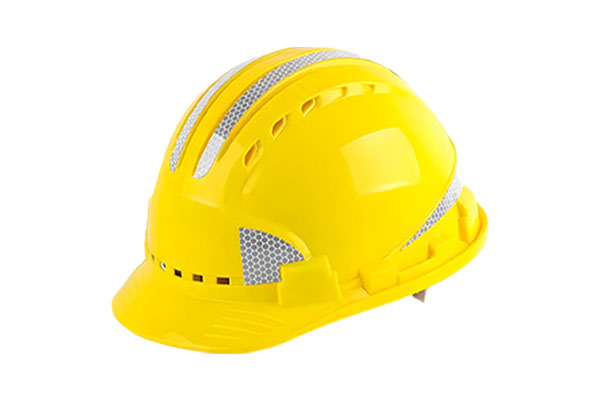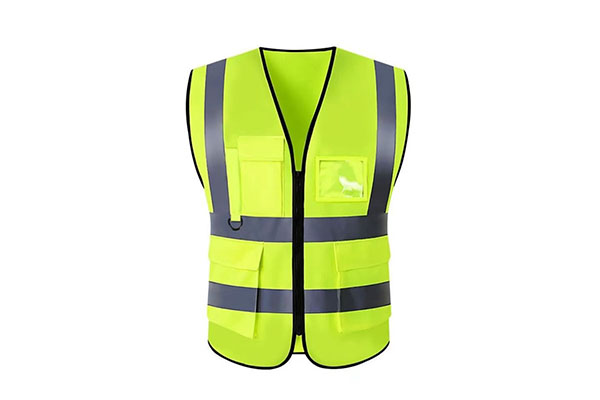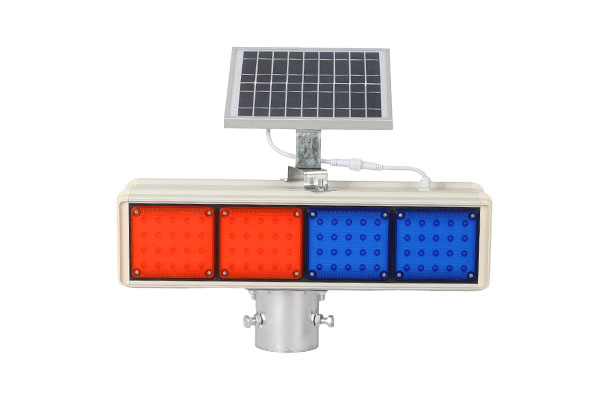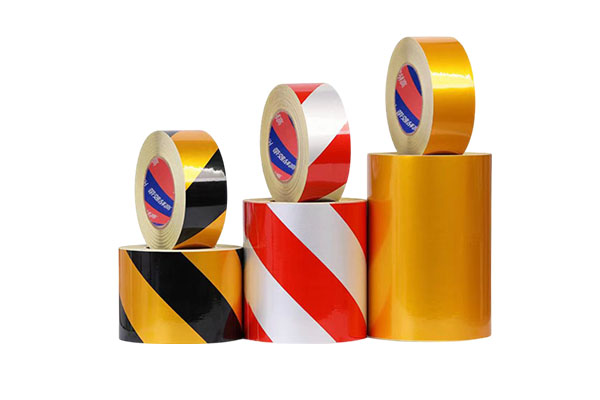Does adding reflective strips to a hard hat affect the puncture resistance of the shell?
Release Time : 2025-09-01
The impact of adding reflective strips to a hard hat with reflective strips on its puncture resistance isn't a straightforward "yes" or "no" decision. Instead, it depends on the reflective strip's installation method, the material properties, the synergy between the reflective strip and the hard hat's shell, and the rationality of the overall structural design. This requires a detailed analysis based on the core principles of the hard hat's puncture resistance. The puncture resistance of a hard hat with reflective strips fundamentally relies on the toughness and structural integrity of the ABS shell itself, as well as its ability to absorb energy and prevent penetration by sharp objects through deformation when impacted by sharp objects. As an additional functional component, whether the reflective strips are integrated into the shell disrupts this core protective mechanism is crucial in determining whether they affect puncture resistance.
In terms of installation methods, the two main methods for attaching reflective strips to hard hats are adhesive bonding and injection molding, and these two methods have significant differences in their impact on the shell's puncture resistance. The adhesive bonding method involves attaching the reflective strips to the ABS shell using adhesive. Key factors in this method lie in the choice of adhesive and the appropriate surface treatment of the shell. If a high-performance adhesive with good compatibility and high toughness is selected, and the housing surface is cleaned before application rather than excessively sanded (which could damage the tough structure of the ABS housing surface), the reflective strips and housing will form a tight, integrated bond. In this case, the reflective strips will not weaken the housing's puncture resistance. Instead, their toughness can help distribute local stress when impacted by sharp objects, reducing the risk of deformation from single-point stress. However, if a low-strength, brittle, standard adhesive is used, or if scratches or dents are left on the housing surface during the application process, these can create a "mechanical weak point" in the housing. When impacted by sharp objects, the adhesive-to-housing junction is prone to cracking, further compromising the housing's puncture resistance.
Injection molding involves directly embedding the reflective strip backing into the molten ABS during the production process of the reflective strip hard hat housing. Upon cooling, the reflective strips form a seamless, integrated structure. This approach fundamentally avoids the possibility of structural damage to the housing due to later installation, as the reflective strip substrate and the ABS housing achieve a certain degree of molecular bonding, eliminating the "interfacial gaps" or "stress spikes" that can occur with adhesive-based systems. The reflective strip's puncture resistance is therefore determined by the toughness of its substrate. If a reflective strip substrate with a matching toughness to the ABS housing is used (such as a modified film with a certain degree of elasticity), the reflective strip will deform synchronously with the ABS housing when impacted by a sharp object, effectively resisting penetration without negatively impacting the housing's puncture resistance. Even if a reflective strip substrate with standard toughness is used, it is typically embedded away from key stress-bearing areas like the top and front of the housing (where the ABS substrate's full thickness is essential for protection), confined to the sides or rear, areas not primarily exposed to sharp impact. Therefore, the overall puncture resistance of the reflective strip ABS hard hat will not be compromised.
The material properties of the reflective strip are also closely linked to the puncture resistance of the reflective strip ABS hard hat housing. The reflective strips used in a qualified reflective strip ABS hard hat typically consist of a tough base material, a reflective layer, and a protective adhesive layer. The toughness of the base material is crucial. If the base material is made of a brittle material, it can easily break when impacted by sharp objects. The resulting fragments may form "hard spots" on the shell surface, causing stress concentration and increasing the risk of shell cracking. However, the reflective strips used in reputable reflective strip ABS hard hats are often made from a base material with a certain degree of elasticity that matches the deformation characteristics of the ABS shell. This prevents them from breaking during impact and, in fact, helps the shell absorb some of the impact energy through its own expansion, indirectly improving localized puncture resistance. Furthermore, the reflective strip coverage must be appropriately designed. If the reflective strips overlap extensively over the shell surface, they may limit the ABS shell's normal elastic deformation during impact (ABS shells rely on a certain amount of deformation to dissipate energy for puncture resistance). However, the reflective strips on reputable products are typically distributed as narrow strips, covering only a portion of the shell's circumference and not overlapping. This ensures nighttime visibility without compromising the shell's deformation and energy absorption capabilities.
Industry regulations regarding reflective strip ABS hard hats must also be considered. All compliant reflective strip ABS hard hats, regardless of whether reflective strips are installed, must undergo puncture resistance testing to ensure the shell can effectively block penetration and protect the head from sharp impact. This means that when designing reflective strip ABS hard hats, reputable manufacturers will conduct simulation tests and physical verification in advance, adjusting the reflective strip's installation position, material selection, and coverage to ensure that the shell's puncture resistance meets safety standards even after the reflective strips are installed. Only reflective strip ABS hard hats produced by unauthorized manufacturers or those that have been modified later (such as using ordinary tape to attach low-quality reflective strips) may suffer from compromised shell puncture resistance due to improper design and incompatible materials.
Under the premise of standardized design and production, the reflective strips added to the reflective strip ABS hard hat will not negatively impact the shell's puncture resistance. Instead, they maintain the original puncture resistance while increasing visibility in nighttime or low-light environments, achieving the dual safety of "protection + warning." The key lies in the reflective strips' installation method, which does not damage the ABS shell structure, and the synergy between the material properties and shell toughness. Furthermore, the overall design meets safety standards, rather than relying solely on the presence of reflective strips as a single factor.







